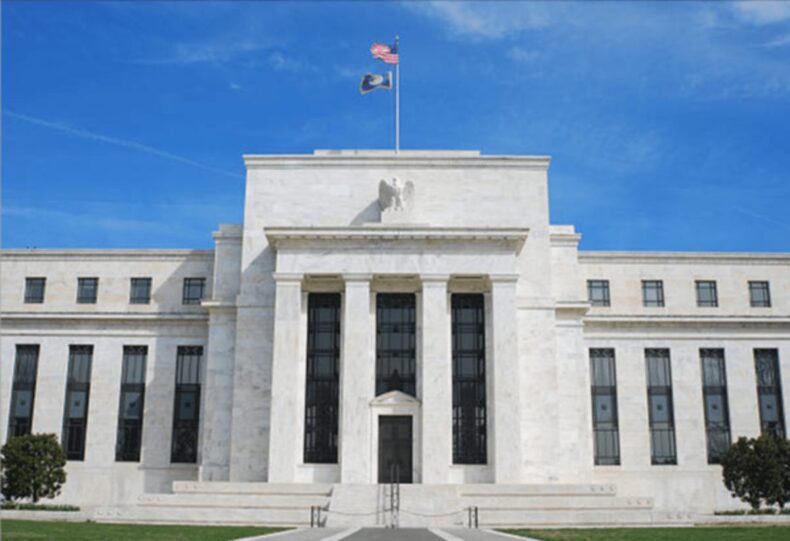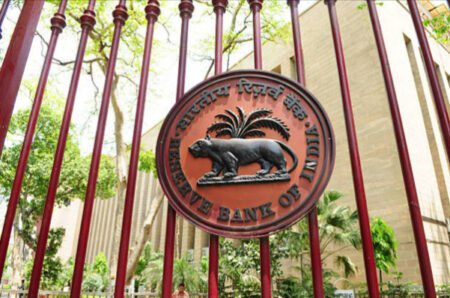As the US FOMC’s outlook remains hawkish and the committee sees inflation position above its accepted limit, Economists said that central banks around the world including RBI will continue to preserve no change in their stance regarding interest rates in FY24.
Table of Contents:
Hawkish Monetary Policy
When central bankers favor hiking interest rates to combat inflation, even at the expense of economic development and employment, this is called “hawkish.” They are referred to as “hawks,” who are following a hawkish monetary policy and they frequently utilize the words “tighten” and “heating up.”
Latest Federal Open Market Committee Meeting
In its latest meeting, the Federal Open Market Committee cautioned that inflation continues to remain above its acceptance limit, which may make it more probable to raise rates in the anticipated approaches. The Fed in its meeting held on July 25-26, 2024, said that it extended the possibility of inflation, which could require further raising the interest rates.
Nevertheless, the FOMC sees some indicators like moderation of essential goods prices, reduced online costs, and recent drops in survey estimates of inflation uncertainty and shorter-term inflation forecasts. Despite this, the FOMC said that the rise in prices remains elevated. Moreover, it said that recent data points to the moderate expansion of US economic activity, the stability and robustness of the American banking system, and that the economic activity, hiring, and inflation are likely to be impacted by tighter credit conditions for households and businesses. Thus, the committee remains unambiguous about the range of the outcomes.
Data
It is worth mentioning that:
- Since March 2022, when the baseline federal funds target rate was essentially 0%, the Federal Reserve has raised interest rates 11 times.
- The current federal funds rate is from 5.25% to 5.50%.
The Fed’s “easy money” stance, which was in place since the 2008 financial crisis, has drastically changed from its current rate policy. Additionally, the fed funds rate was set at a range of 0.00% to 0.25% for most of that time, including 2020 and 2021. As inflation soared in March 2022, the Fed changed course and swiftly increased rates for the rest of 2022 and into 2024.
According to the Director of national investment strategy at the U.S. Bank Wealth Management, Tom Hainlin, the Fed wants wage growth to slow down much further and is worried about increased earnings because they increase demand for goods and services, which pushes up prices.
Factors Regarding FOMC’s Outlook
According to the Committee, when deciding how much further monetary policy tightening will be necessary to bring inflation back to 2%, the members will consider the cumulative tightening of monetary policy, the lags between monetary policy’s effects on economic activity and inflation, and economic and financial developments.
FOMC Meeting Impact on Central Banks
According to Madan Sabnavis, Chief Economist, Bank of Baroda, bond yields are already feeling pressure to rise due to the cautious mindset amongst the Fed and the other central banks, and this pressure is also being felt in India.
The likelihood that none of the major central banks, including the US, Euro, BOE, and RBI, will decrease interest rates in 2024 has increased. The window for rate reductions is extended into March 2024. Also, the Fed may increase the rate hike because of the inflation scenario which is not yet reassuring.
Conclusion
In this intricate economic landscape, global central banks, including the RBI, stand united in maintaining a resolute course amidst the hawkish FOMC’s outlook. Despite mounting concerns about inflation, experts foresee a continuation of the current interest rate status for FY24.
Also, the FOMC’s cautious outlook, driven by persistent inflation, resonates strongly across major central banks, curbing the likelihood of rate reductions in 2024 and stretching this trend into 2024. The departure from an extended period of ‘easy money’ policy marks a significant shift, with the Fed’s focus on moderating wage growth and curtailing demand.
As central banks deftly navigate uncertainties, their collective commitment to balancing inflation and ensuring economic stability underscores a synchronized and steadfast global monetary stance.












